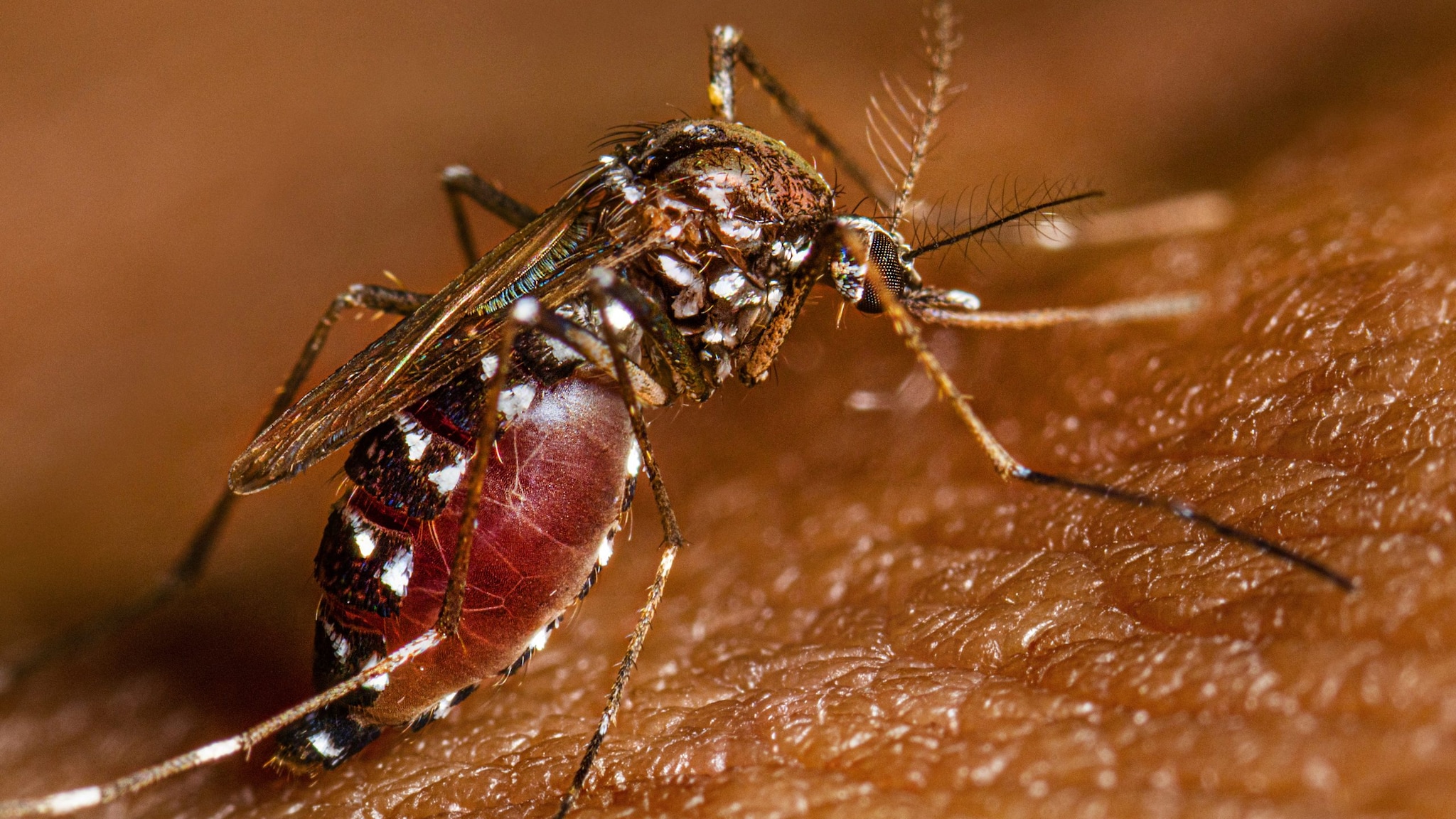Key points
- Yellow fever is caused by a virus primarily spread to people through the bite of infected mosquitoes.
- Yellow fever virus is maintained in the environment between mosquitoes and non-human primates, like monkeys.
- If infected, people can spread the virus to mosquitoes and rarely to other people though exposure to infected blood.

Primary cause
Yellow fever is caused by a virus that is found in Africa and South America.
The virus belongs to a group of viruses called flaviviruses. Other flaviviruses cause disease in people, including dengue virus, West Nile virus, St. Louis encephalitis virus, and Japanese encephalitis virus.
How it spreads
- People can become infected with the virus when mosquitoes feed on infected primates (e.g., other people or monkeys) and then bite them.
- In the forested areas, yellow fever virus primarily circulates between forest-dwelling mosquitoes and non-human primates, such as monkeys. People can become infected when visiting or working in forested areas where the virus is circulating.
- When outbreaks occur in the urban environment, the virus primarily circulates between urban-dwelling mosquitos (primarily Aedes species) and people.
- People infected with yellow fever virus have high enough levels of virus in their blood (viremia) during the first few days of illness to transmit the virus to mosquitoes.
- Because of the high level of virus in blood, spread through blood transfusion and organ transplantation could occur.
- There is one case of a mother with yellow fever virus whose infant became infected during delivery (i.e., perinatal transmission); the infant died due to yellow fever.
- Because of the high level of virus in blood, spread through blood transfusion and organ transplantation could occur.
- The virus is not spread from person-to-person through coughing, sneezing, or touching.
- Prevent getting sick with yellow fever by preventing mosquito bites and getting vaccinated before traveling, if vaccination is recommended for you.
Keep Reading:
Transmission of Yellow Fever Virus
